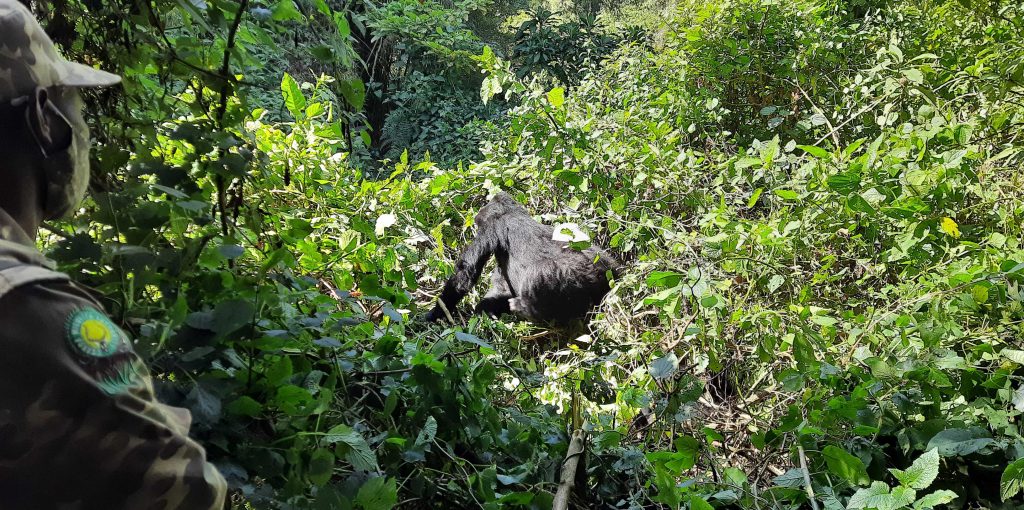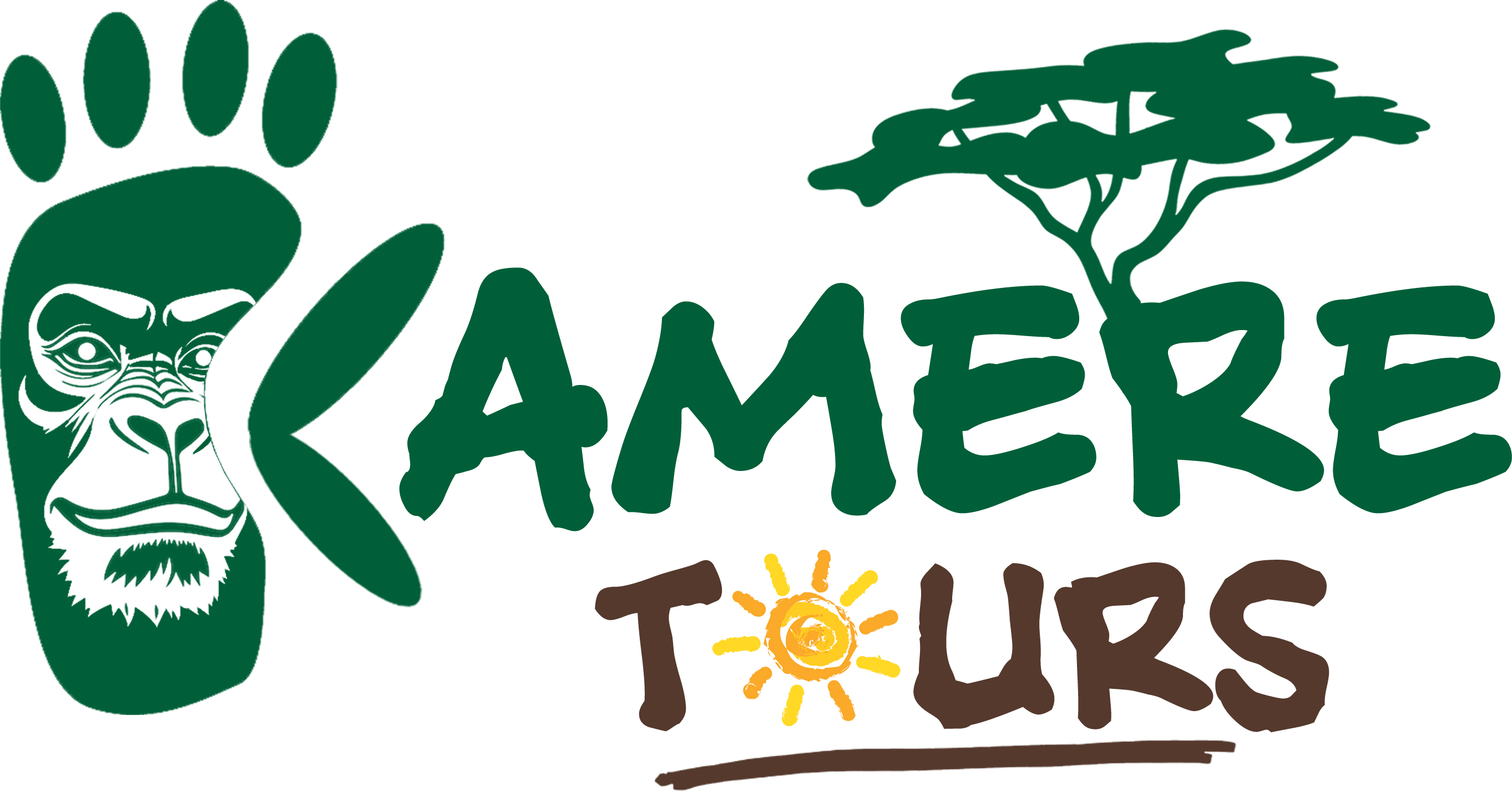Updated Uganda Gorilla Permit Prices: July 2025 to June 2026
 Updated Uganda Gorilla Permit Prices: July 2025 to June 2026. Uganda remains one of the premier destinations for gorilla trekking enthusiasts, offering unparalleled encounters with the endangered mountain gorillas in their natural habitat. As of July 2024, the Uganda Wildlife Authority (UWA) implemented updated permit fees extending through June 2026. These changes aim to bolster conservation efforts and ensure sustainable tourism practices.
Updated Uganda Gorilla Permit Prices: July 2025 to June 2026. Uganda remains one of the premier destinations for gorilla trekking enthusiasts, offering unparalleled encounters with the endangered mountain gorillas in their natural habitat. As of July 2024, the Uganda Wildlife Authority (UWA) implemented updated permit fees extending through June 2026. These changes aim to bolster conservation efforts and ensure sustainable tourism practices.
Gorilla Trekking Permit Prices
Gorilla trekking permits grant visitors a one-hour guided experience with a habituated gorilla family. The updated fees are as follows
Foreign Non-Residents: USD 800
Foreign Residents: USD 700
East African Community (EAC) Citizens: UGX 300,000
Rest of Africa (ROA) Citizens: USD 500
These permits are valid for treks in both Bwindi Impenetrable National Park (BINP) and Mgahinga Gorilla National Park (MGNP), Uganda’s primary gorilla trekking destinations.
Gorilla Habituation Experience.
For those seeking a more immersive experience, the Gorilla Habituation Experience allows trekkers to spend up to four hours with a semi-habituated gorilla group. This extended interaction provides deeper insights into gorilla behavior and the habituation process. The permit fees are:
Foreign Non-Residents: USD 1,500
Foreign Residents: USD 1,000
EAC Citizens: UGX 750,000
ROA Citizens: $1,000 USD
These permits are exclusively available in Bwindi Impenetrable National Park.
Chimpanzee Tracking Permits
In addition to gorilla trekking, Uganda offers exceptional chimpanzee tracking experiences, particularly in Kibale National Park and Kyambura Gorge within Queen Elizabeth National Park. The updated permit fees are:
Kibale National Park:
Chimpanzee Tracking:
Foreign Non-Residents: USD 250
Foreign Residents: USD 200
EAC Citizens: UGX 180,000
Chimpanzee Habituation Experience:
Foreign Non-Residents: USD 300
Foreign Residents: USD 250
EAC Citizens: UGX 250,000
Kyambura Gorge (Queen Elizabeth National Park):
Chimpanzee Tracking:
Foreign Non-Residents: USD 100
Foreign Residents: USD 80
EAC Citizens: UGX 50,000
These permits are essential for participating in chimpanzee tracking activities and contribute to the conservation of these primates.
Booking and Refund Policies
Advance Booking: It is advisable to book permits at least 6 months in advance, especially during peak seasons (June to September and December to February), as permits are limited and high in demand.
Booking Process: Reservations are confirmed upon issuance of a proforma invoice and a ticket number, which remains valid for 7 days pending payment. After this period, unpaid reservations are released for sale to other interested parties.
Refund Policy: Refunds are generally not offered for cancellations. However, in cases where gorillas cross into neighboring countries, or if a trek fails to locate gorillas, partial refunds may be considered. The refund percentages are as follows:
91+ days before trekking: 75% refund
46–90 days: 50% refund
9–45 days: 25% refund
0–8 days:
Are You Planning Your Gorilla Trek? Here Is what You Need.
Physical Preparation: Gorilla trekking involves hiking through dense forest terrain at varying altitudes. It’s recommended to engage in physical conditioning exercises before your trek.
Packing Essentials: Bring sturdy hiking boots, a rain jacket, long-sleeved clothing to protect against vegetation, insect repellent, and a camera with a zoom lens.
Health Precautions: Ensure you are in good health, as trekkers with colds or respiratory infections may be prohibited from participating to protect the gorillas.
Local Etiquette: Maintain a respectful distance from the gorillas, avoid sudden movements, and follow the guidance of your ranger guide at all times.
Main Transport Options
1. Private Car Transfers
This is the most popular and comfortable way to travel from Kigali to the gorilla parks. Most travelers book a private transfer through a tour operator, which usually includes a 4×4 vehicle, professional driver-guide, and door-to-door service.
Duration: 4 to 6 hours
Cost: Varies depending on group size and company; usually between $150 to $300 per vehicle, one-way
Route: Kigali – Cyanika (for Mgahinga or northern Bwindi) or Gatuna/Katuna border (for southern Bwindi)
Private transfers offer the flexibility to stop for photos, visit local markets, or enjoy lunch en route. Roads are generally in good condition, though the final approach to the parks involves bumpy dirt roads.
2. Self-Drive Car Rentals
Adventurous travelers may opt to rent a 4×4 and drive themselves from Kigali into Uganda. This allows maximum flexibility, but it’s important to be familiar with East African driving laws, carry the right paperwork, and be comfortable with long rural drives.
Cross-border requirements: A COMESA (yellow card) insurance and permission from the rental company to take the vehicle across the border.
Documents needed: Valid passport, visa (East African Tourist Visa recommended), vehicle registration, and driver’s license.
While this can save money, self-driving requires preparation and confidence in navigating rural roads and border procedures.
3. Public Transport (Not Recommended for Tourists)
Public buses and minibuses operate between Kigali and the border towns like Cyanika or Katuna. From there, travelers would need to hire local transport or motorbikes to reach the parks.
Challenges: Language barriers, unreliable schedules, and lack of safety standards
Not ideal for: Timed gorilla permits, which require prompt arrival
Unless you’re on a tight budget and very experienced with local travel, public transport is not recommended for accessing these remote parks.
Border Crossings and Visa Information
There are two main border points for this route:
Gatuna/Katuna Border: Best for southern Bwindi (Rushaga, Nkuringo sectors)
Cyanika Border: Ideal for Mgahinga or northern Bwindi (Buhoma, Ruhija sectors)
Visas:
Most travelers need a visa for both Rwanda and Uganda. The East African Tourist Visa ($100) allows multiple entries between Kenya, Rwanda, and Uganda for 90 days and is highly recommended.
Apply online in advance to avoid delays at the border.
COVID-19 and Yellow Fever certificates may still be required depending on the latest regulations, so check ahead.
Scenic Highlights Along the Way
The drive from Kigali to the parks is not just a transfer—it’s a journey through breathtaking landscapes. As you leave Kigali’s modern skyline behind, you’ll traverse rolling hills, terraced farms, and bustling villages. The route climbs into the highlands of southwestern Uganda, offering panoramic views and a true sense of Africa’s natural beauty.
Some operators offer optional cultural stops along the way, such as:
The twin lakes of Burera and Ruhondo
Local markets near Kisoro
Traditional Rwandan craft shops
These can turn your transfer into a mini-tour, enriching your experience before you even reach the gorillas.
Starting your gorilla trekking adventure from Kigali is a smart and time-saving choice for travelers headed to Bwindi or Mgahinga. Whether you choose a guided transfer or a self-drive expedition, the journey itself is part of the adventure. With proper planning, border documentation, and a sense of curiosity, this route offers a seamless and scenic path into Uganda’s most iconic wildlife experiences.
Whether it’s the misty jungles of Bwindi or the volcanic backdrop of Mgahinga, your gorilla trek begins the moment you hit the road from Kigali.
Make an Enquiry
Book your gorilla permit in advance and confirm which park sector it’s in before arranging your route, as this will affect which border crossing and route you take.

Request for a Quote
Start planning your adventure trip today with a professional expert available to help you 24/7. Encounter Africa on your own terms.
Inquire Now
Visa Entry
Uganda offers online visa applications, but many travelers find it easier to pay (US$100) and obtain a visa upon arrival at points like Entebbe International Airport. For travel into Rwanda and Kenya, it's recommended to apply for an East African Visa.
Read More About Visas


